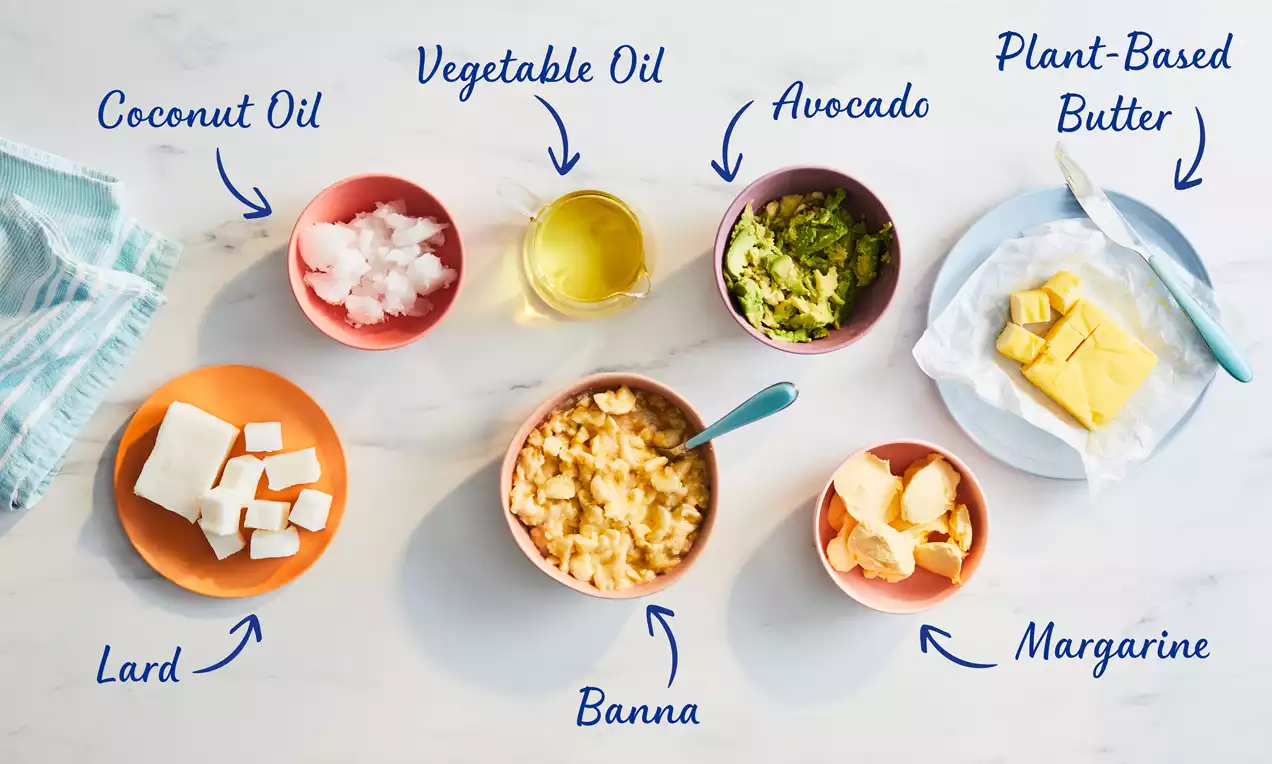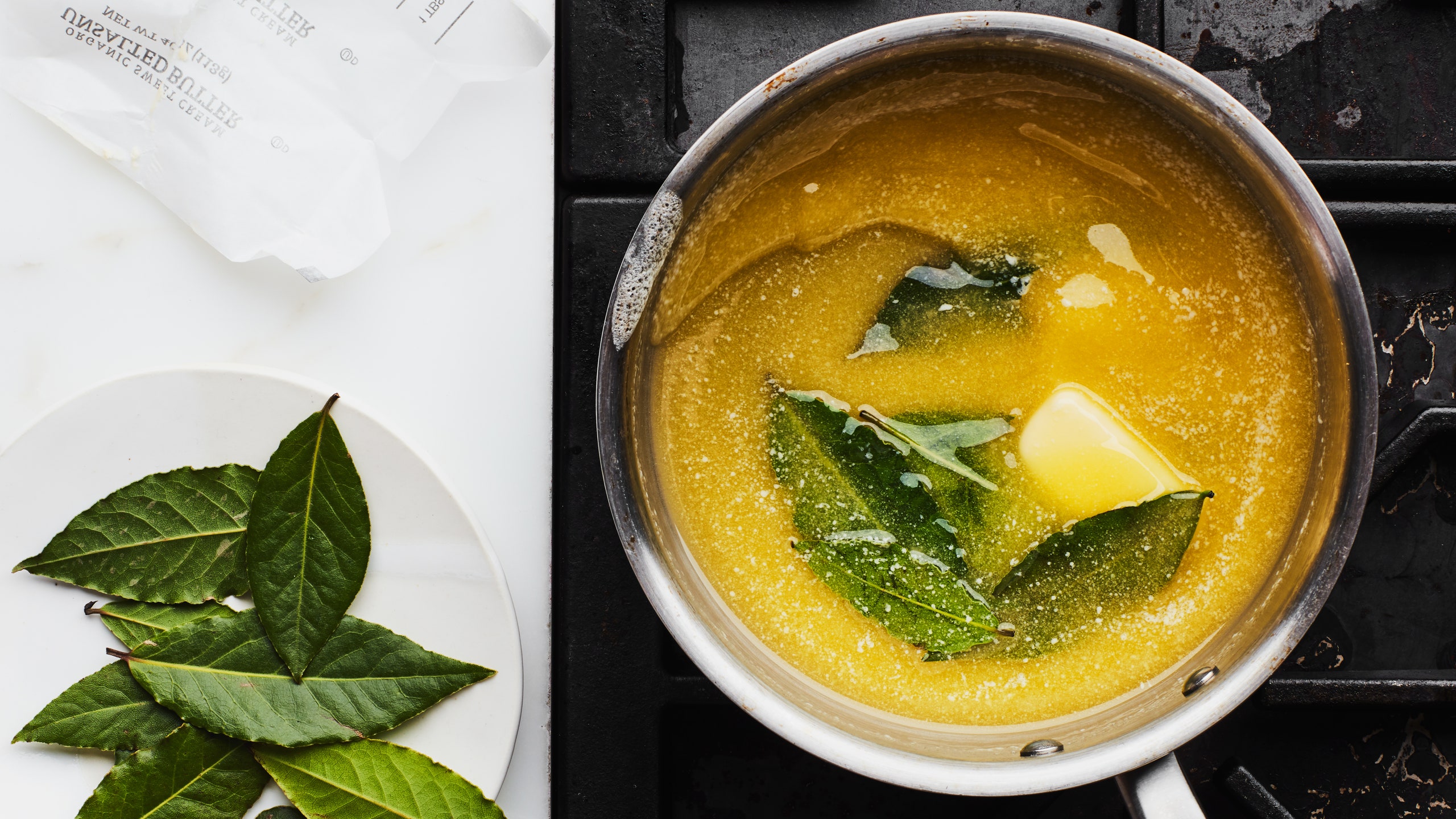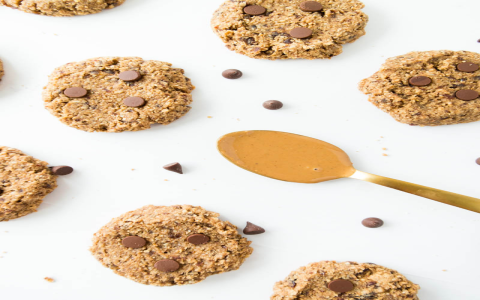Edible butter is an absolute essential in the world of baking, playing a multi – faceted and crucial role in creating a vast array of delicious treats.

When it comes to making cookies, butter is the key to achieving that perfect texture. It gives cookies their rich flavor and a melt – in – your – mouth quality. In a classic chocolate chip cookie recipe, for example, softened butter is creamed with sugar. This process incorporates air into the mixture, which helps the cookies to spread and become nice and flat during baking. The fat in the butter also prevents the cookies from becoming tough, resulting in a soft and chewy center that we all adore.
In cakes, edible butter is a fundamental ingredient. It adds moisture and richness to the cake batter. In a pound cake, which is renowned for its dense and buttery texture, a significant amount of butter is used. The butter coats the flour particles, which slows down the development of gluten. This leads to a tender crumb. Additionally, the flavor of the butter enhances the overall taste of the cake, making it more indulgent. When baking a layer cake, the butter in the frosting is what gives it that smooth and creamy consistency that spreads easily between the layers and on top of the cake.
For pastries, butter is what makes them flaky and delicious. In puff pastry, layers of butter are sandwiched between layers of dough. During baking, the water in the butter turns to steam, which forces the layers of dough to separate and puff up. This creates the characteristic light and flaky texture that makes puff pastry so desirable for both sweet and savory applications. In croissants, the same principle applies. The butter is carefully laminated within the dough, and as the croissants bake, they expand and develop their signature buttery, flaky layers.
Edible butter also has an important role in the browning process of baked goods. When butter is used in a recipe, it contains milk solids that caramelize during baking. This gives the surface of the baked item a beautiful golden – brown color. In a pie crust, the butter helps to create a crispy and flavorful outer layer. As the crust bakes, the butter melts and the edges turn a lovely shade of brown, adding to the visual appeal of the pie.
In conclusion, edible butter is much more than just a fat in baking. It is the heart and soul of many baked goods, contributing to their texture, flavor, and appearance. Without it, our favorite cakes, cookies, pastries, and more would be far less delicious and satisfying. It truly is a magical ingredient that transforms simple mixtures into mouthwatering baked masterpieces.

介绍几种以 edible butter 为主要原料的烘焙美食
如何选择优质的 edible butter 用于烘焙?
黄油、酥油和 shortening 在烘焙中的区别是什么?
帮我写作
图像生成

AI 搜索
AI 阅读
学术搜索
更多












